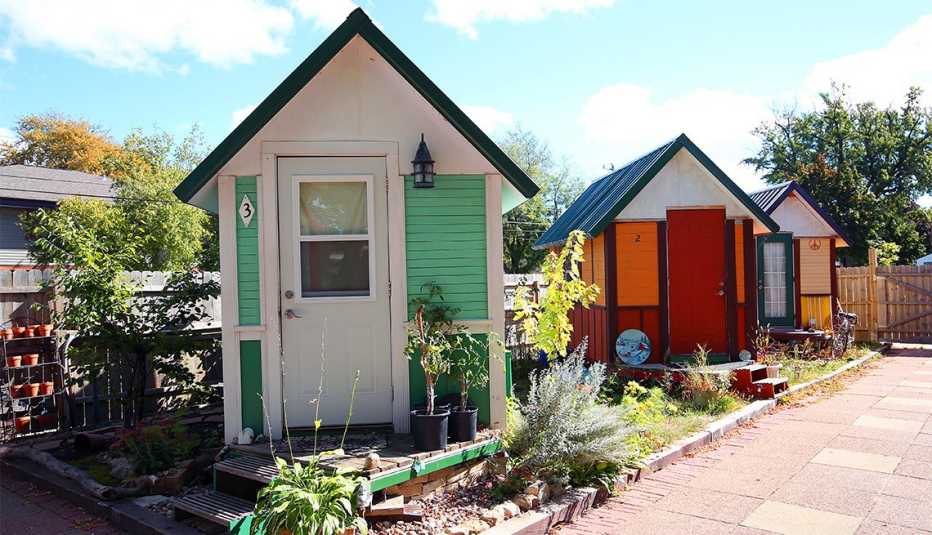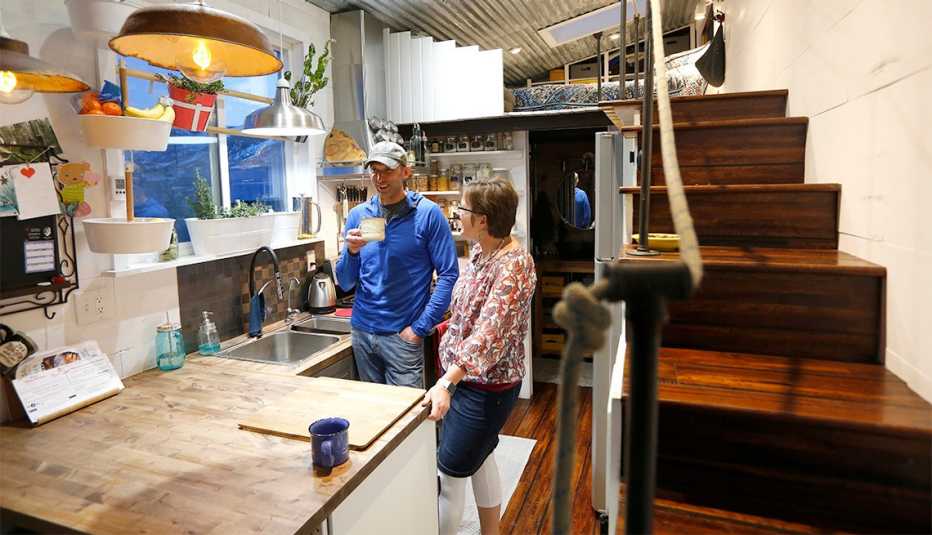Staying Fit


It’s not hard to understand the appeal of tiny houses. They can be very cute, of course. But beyond that, they epitomize a simplified life while providing an opportunity both to significantly reduce your living expenses and to be more mobile.
That helps explain why, according to industry estimates, as much as 40 percent of the market for tiny houses is made up of people older than 50. If anything, that percentage is expected to grow as more boomers enter retirement and explore more affordable lifestyles.


AARP Membership— $12 for your first year when you sign up for Automatic Renewal
Get instant access to members-only products and hundreds of discounts, a free second membership, and a subscription to AARP the Magazine.
Yet for all the seeming benefits, the commitment to a tiny-home life is not necessarily an easy one. It involves some tough personal decisions and understanding that it’s a housing choice that comes with legal, logistical and psychological hurdles.
So before taking the plunge, it’s a good idea to ask yourself some questions. Here are seven important ones.


1. Do you have a place to put your tiny home?
This could be the biggest challenge of all, and one that often isn’t fully appreciated by those new to the movement. Because they’re still a relatively new trend, tiny houses aren’t specifically addressed in most local zoning ordinances or building codes. When the structures are on wheels, they usually are categorized as recreational vehicles (RVs). As such, they’re considered temporary residences, and owners can be ordered to move them within a certain period of time. Even if you want to put a tiny house on a foundation on land you own, it might be smaller than the minimum square footage a local municipality requires for a home to be considered a permanent residence. More communities are starting to take a closer look at how to treat tiny houses. But do yourself a favor and research local laws and regulations before you go all in. If you’re an older person looking to settle down in a tiny house, you probably don’t want to be living with the possibility that you could be ordered to move.

































































More on Home and Family
What Humans Can Learn From Dogs
Q & A with Daniel Promislow, the codirector of the Dog Aging ProjectWhat to Do When You No Longer Can Care for a Pet
Whether you're affected by health, finances or housing, you have options